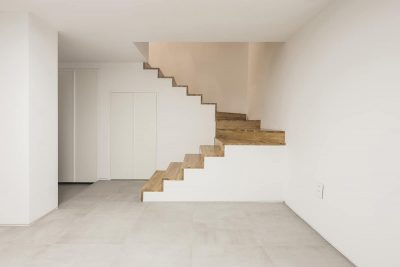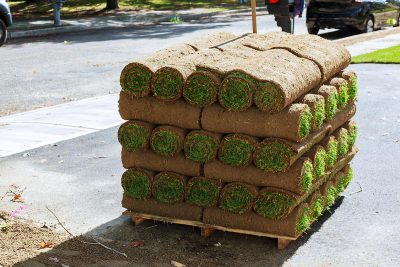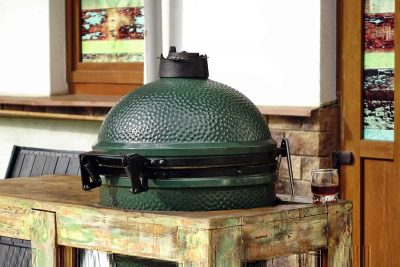Explore tips & tricks to improve and transform the specific aspects of your home for the better – from home exteriors, furniture, walls, and ceilings to garage, flooring, and outdoors.
Home Improvement
If you are wondering what the differences are between powder coated and stainless steel, the pros/cons of each, when and which to choose the right, we’ll help answer all these questions in this article
When it comes to yard signs, the most widely used size is 24 × 18 inches (61 x 45.7 centimeters). However, you can make yard signs any size you want.
Decorative pillows can transform a living room’s ambiance by breathing a zest of texture and color into the room to elevate the cohesive look. Whether you’re a fan of the boho theme or eclectic interior design, knowing what color throw pillows go with a blue couch will enable you to create the desired vibe. Since a blue couch is a popular furniture color for the living room, it is only natural that you’ll want to dress it with attractive throw pillows.
Window air conditioning units work by sucking the hot air into the unit, cooling it down, then pumping it back out into the room. Here we will look into the factors that affect the size of window air conditioner you need and how to calculate the best option for your room.
Stair head clearance is a subject that needs to be thought carefully about if you are building your own home or if you are adding a staircase to the property. If you are converting your attic into a room and will be installing a staircase to access the new attic space, or if you’re replacing an old damaged staircase with a new one, then you need to be aware of the rules and guidelines surrounding stair head clearance.
The cost of one pallet of sod from Home Depot is around $584.98, and this includes free delivery to your home address. This is also about the same price for a pallet of sod from Lowes, and other retailers are offering similar price points for this amount of sod. The cost of sod has risen over the last two years, as the demand for this product has increased.
There are many different types of river rocks, and these are commonly used in landscaping projects for residential driveways or as decorative rocks around trees and plants. Find below the average cost of a truckload of river rock.
Big green eggs have stormed the cookout market for several decades. They come in many different sizes, which we will go into detail about in this article.
Here we look at the various types of Adirondack chairs available and their typical dimensions so you can figure out which style is going to work best for you.
When choosing the best exterior paint color for a house with a gray roof, it is important to consider the material of your home and the overall look you’re trying to achieve. There are some exterior colors that suit a brick house with a gray roof better than a stone one.
A bunk bed is a piece of furniture that essentially holds one bed frame on top of another. This creates two sleeping spots in half the amount of floor space that they would usually occupy. Bunk beds are common in areas where space needs to be maximized, such as in hotels and hostels, prisons, and children’s bedrooms.
On average, R-410A costs $125 for a 25-pound cylinder. This means that the R-410A works out at $5 per pound.











